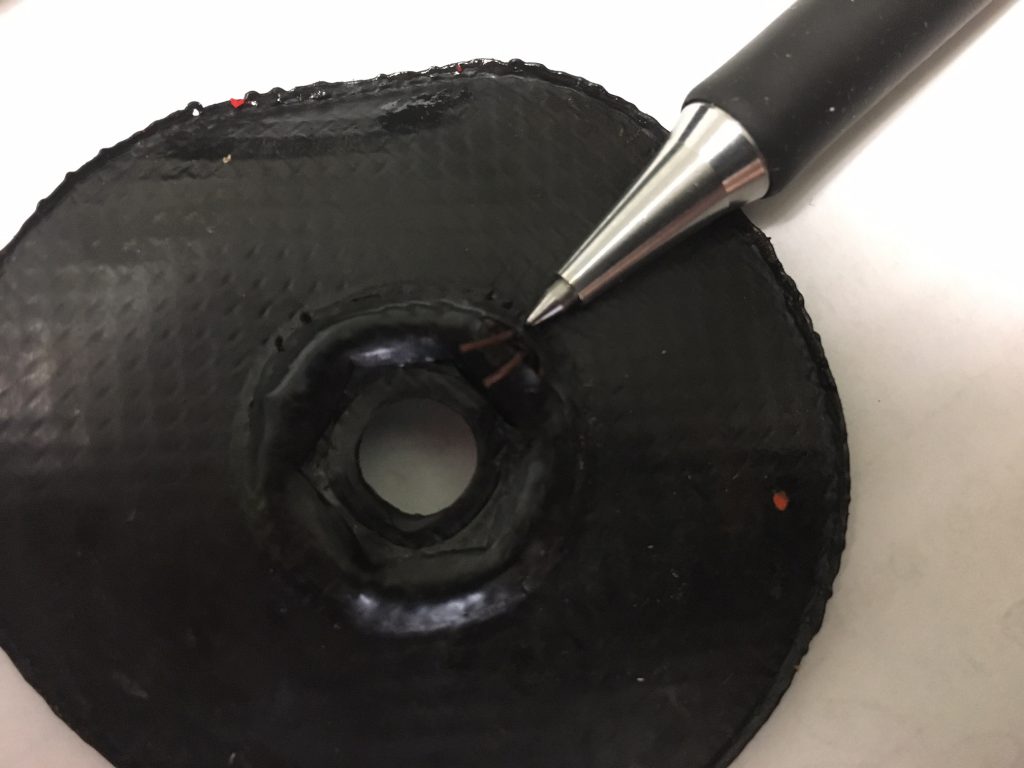Seats, seals and O-rings are small but critical pieces for oil and gas control. These elements play an important role in control valves, regulators, and temperature controllers. They’re made from different types of rubber materials, called elastomers.
You may also hear them called soft goods or rubber goods.
Each material is designed to perform best under certain conditions. Elastomer wear is inevitable, but by selecting the correct material, you can run production longer before the elastomers require replacement. So, how do you know what to select?
Download our Free Guide to Valve Elastomers
In this blog we’ll look at three important questions to ask when selecting your oil and gas elastomers, as well as the four primary elastomer materials that we offer in our products.
We've also put together a reference guide for our primary elastomer options with wear resistance, properties and product availability.
3 keys to Identify the Right Control Valve elastomers
A control valve is made of different elastomers, each designed to perform best under certain conditions. There are three primary data points you need to identify in order to determine which elastomer to select for a given application: Operating Temperature, Level of Potential Corrosion, and Level of Potential Wear.
- Operating Temperature.
This one is straightforward: What is the temperature of the liquid or gas flowing through your production process—specifically the temperature the elastomer will be exposed to?
This is the first point you can use to narrow your selection.
Production running at a maximum temperature of 425° F may be limited to a single elastomer option; however, based on temperature alone, a 200° F operating temperature could still use any of these options. Level of Potential Corrosion.
Corrosion in oil and gas production occurs when acid gases, such as H2S and CO2, and chemicals contribute to the elastomer and metal deterioration of the production equipment and controllers.
Though elastomers cannot corrode, when their integrity is compromised, it can cause improper valve function, or even total valve failure. This is why the selection of elastomers is so important.
Control valve diaphragm compromised by corrosive gasses When you’re dealing with corrosive conditions, you’ll need to consider important resistance rating categories like CO2, H2S and Methanol. Some are clear—such as using HSN for high levels of Methanol, or Aflas® for high H2S presence. Others, like CO2 have similar resistance across each elastomer.
- Level of Potential Wear.
One cause for elastomer wear (or erosion) is high levels of actuation. This could be from something like a high-producing well where your control valves need to actuate multiple times per minute to control the flow.
The main cause of elastomer erosion, however, is when abrasives like sand are in the flow stream. Sand will quickly wear out internal components and cause further damage to equipment. This is another reason that elastomer selection is so key to production.
4 Types of Control Valve Elastomers
If you are experiencing recurring issues with your elastomers—for example if you’re replacing the elastomers in your valves more than once a month—you probably need to use different materials. Kimray has narrowed down our options to help make the selection easier.
- Buna/Nitrile is a synthetic rubber commonly used in elastomers. It’s also known as Buna-N or Nitrile.
It's good for most applications with a typical amount of wear and corrosive elements present in the production flow. No matter which kit or selections you make, many elastomers across our product lines will likely have some components made of Buna.
- Highly Saturated Nitrile, or HSN, is a special class of nitrile with more chemical resistance, thermal stability and greater tensile strength. It’s resistant to petroleum oils, ATF, sour gas, amine/oil mixtures, oxidized fuels, lubricating oils, CO2 and low levels of H2S. Another advantage of HSN is its excellent resistance to Methanol injection.
- FKM (Viton™) is the ASTM short form name for fluoroelastomer. Kimray uses Viton™, which is a registered trademark of the manufacturer, but also widely used for the material in general.
Viton is a great option primarily for higher operating temperatures. However, with those high temperatures, you’ll need to avoid hot water or steam applications, as the material will quickly break apart under those conditions.
- Aflas® is the trademark name for a unique fluoroelastomer that is highly resistant to a wide range of chemicals, acids, strong bases, amines, and steam.

Now let's contrast a few of these.
Buna v. Viton
Again, Buna is good for most applications with a typical amount of wear and corrosive elements present in the production flow. Viton can operate at higher operating temperatures than Buna. (Note: avoid hot water or steam applications)
Aflas v. Viton
While Viton can operate at higher operating temperatures than standard Buna, Aflas has many additional advantages.
Aflas is highly resistant to a wide range of chemicals, acids, strong bases, amines, and steam. It also has outstanding heat-resistance and electrical insulation properties, but is proportionately more costly than Buna or Viton. Aflas is typically targeted at special applications such as high levels of H2S, high temperatures, and amine plants.
Signs You Need to Change Your o-rings
Here are some key indicators that you need to change elastomers from standard Nitrile/Buna to another material:
- The production fluid is high in corrosive materials (for example, you're operating in the H2S-rich Permian Basin)
- You are injecting methanol to prevent freezing
- You have a high-producing well, and your control valves must actuate multiple times per minute to control the flow
- You are repairing your valve regularly (once a month or more)
Best Elastomers for Common Applications
Here are some examples of the ideal elastomer materials in specific applications:
NITRILE/BUNA | HSN | FKM/VITON | AFLAS |
Saltwater Disposal | Methanol | High Heat | H2S |
Petroleum Fluids | Petroleum Fluids | Acids | Petroleum Fluids |
General Purpose | Glycol Dehydration | Propane Gasoline | High Heat |
Water | Low Level H2S |
| Steam |
| CO2 |
| Amine |
|
|
| Acids |
|
|
| Bases |
To speak with an expert about which elastomer material is right for your conditions, contact your local Kimray store or authorized distributor.









































